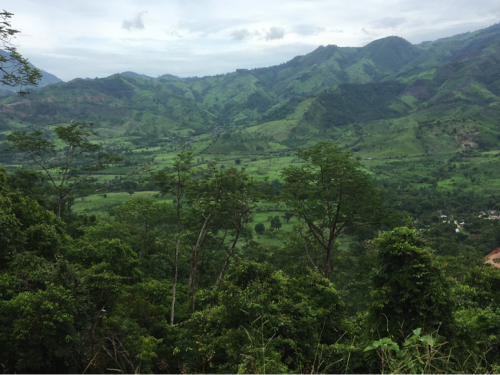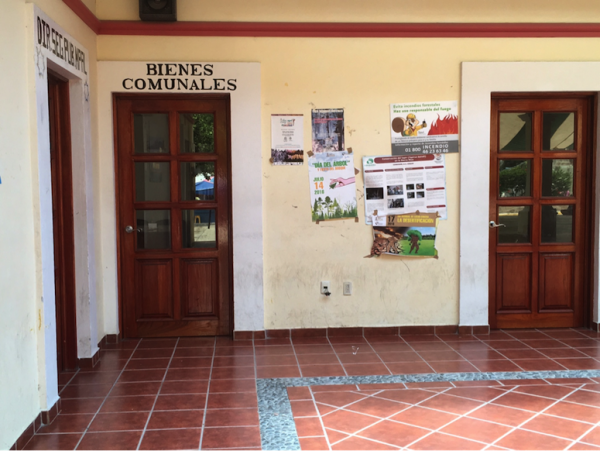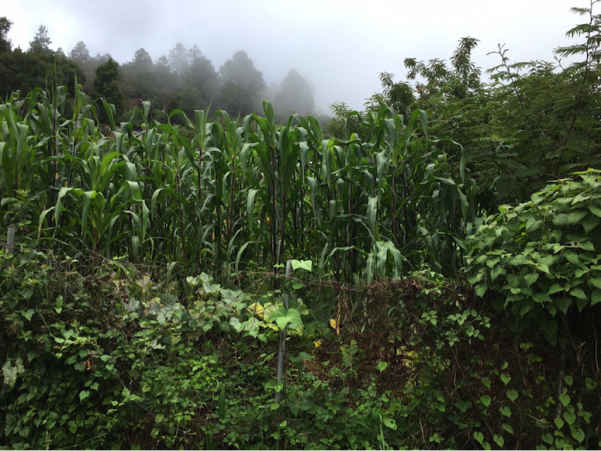
It is late in the evening and I’m sitting down after a day of interviews at the table of the secretary of the Comisariado de Bienes Comunales, who has given me a room in his father’s house for the week while I am staying in the Zapotec pueblo of San Miguel del Valle. His father is making ceviche with a fish he bought on a whim at the market in Oaxaca earlier in the day while delivering his homemade wedding cakes. It is to be eaten with our bowl of sweet black coffee before bed.
“Here in San Miguel del Valle, what we have is not individual knowledge, but community knowledge,” Aureliano says. He is not only the secretary of the Comisariado, a village authority which governs common lands, but a teacher and a seasoned member of the striking teacher’s union Seccion 22. The teachers’ strikes have been a constant theme of my summer as I've conducted interviews in four very distinct indigenous pueblos of Oaxaca. Not only have they made it difficult for me to get to the villages, but I've learned that at the heart of the strikes is the ongoing struggle for the autonomy of the pueblos in this state.

Community knowledge, both in the sense of shared subjecthood and language and knowing what it is to live in and maintain a community, has certainly been reflected in the interviews and experiences I have conducted over the past three months. Historically these communities have survived on milpa agriculture: the cultivation of corn, beans and squash. The vast forested areas of their territories have only in the past three decades become part of their economies and are quickly, through both use and conservation, becoming an integral part of their futures.
I came back to Oaxaca to look more closely into answering the questions that emerged when I lived here in 2014 around land use, conservation, and self-determination; on how and why indigenous communities are adopting and adapting the idea of conservation in their territories, and what effects they perceive and experience on their autonomy and decision-making power over their resources. Specifically, I have interviewed community members in two villages that are either informally, through internal mechanisms, conserving part of their common forests and two villages that have designated part of their forested area a formal protected area through Mexican environmental law. Apart from this, my interviews include conversations with members of a number of NGOs, government agencies, and technical advisory organizations in the city of Oaxaca.
The forests in the Sierra Norte are a center of diversity for both oak and pine, and home to much of Mexico’s plant and animal species. White-tailed deer, puma, jaguarundi and even jaguars are found in the forested lands of some of these communities, several of which now have camera traps. I have over the past few months walked through pine-oak forests trying and failing to identify the many species of oak, watching birds and butterflies in cloud forests, and encountering cows and trout farms in high-altitude llanos full of wildflowers. I have joined each community’s vigilancia, or forest protection crew, on their journey through their forests looking for illegal logging, deer hunters, or fires. I have tried to understand the perspectives of the people here about their land and their forests and to observe how conservation is entering into and becoming part of these communities, from villages to institutions to individuals.
